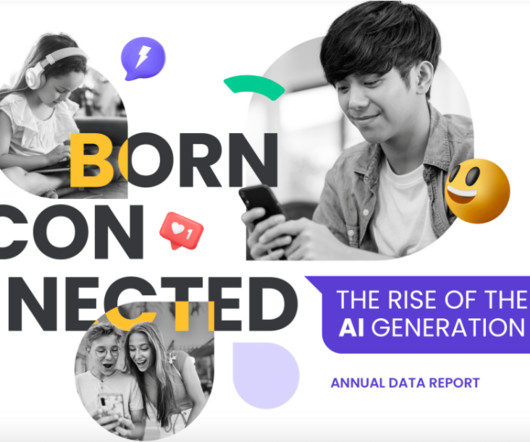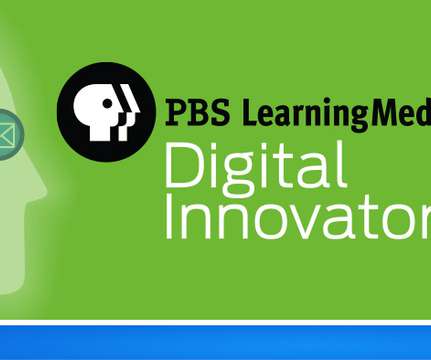Q&A: Tracy Smith on the Value of a Team Approach to Digital Equity
EdTech Magazine
NOVEMBER 11, 2019
Q&A: Tracy Smith on the Value of a Team Approach to Digital Equity. Mon, 11/11/2019 - 12:34. Parkland School District in Pennsylvania, like many of the nation’s public school systems, is seeing increases in student poverty rates and English language proficiency — trends that could make any existing digital divides worse.


















Let's personalize your content